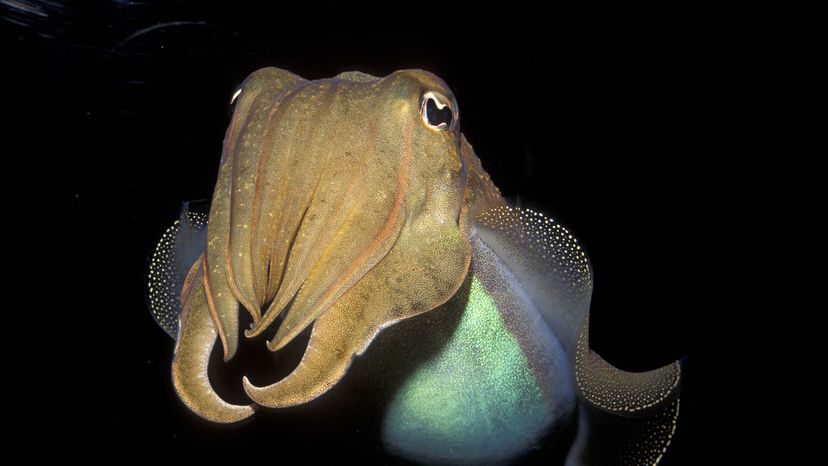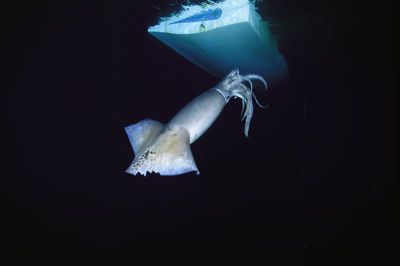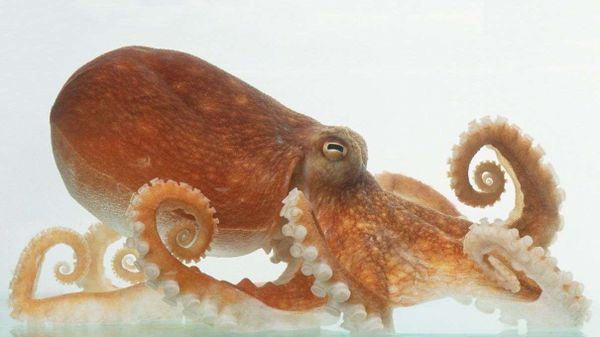
We know about the high-profile marine animals, like sharks, dolphins and whales. But the cuttlefish, for all its amazing capabilities, gets little love from people. And that's shame, as it's a fascinating and intelligent animal.
More than 120 species of cuttlefish call Earth's waters home. In fact, they can be found in virtually all oceans, although they do tend to migrate to deep areas during the winter before returning to shallow waters and reefs in spring and summer to mate. They're identified by their eight short arms and two longer tentacles.
Advertisement
Some people might confuse cuttlefish with squid or octopus, since all belong to the class of mollusks called cephalopods (which means "head foot," – these creatures' arms encircle their heads). They differ from other mollusks like snails in that they have no hard outer shell. Cephalopods have been around for about 500 million years, much longer than most other marine life, including fish, and they're some of the smartest animals in the sea. And in this group of smart animals, the cuttlefish stands out for its intelligence. Here are seven reasons why.

